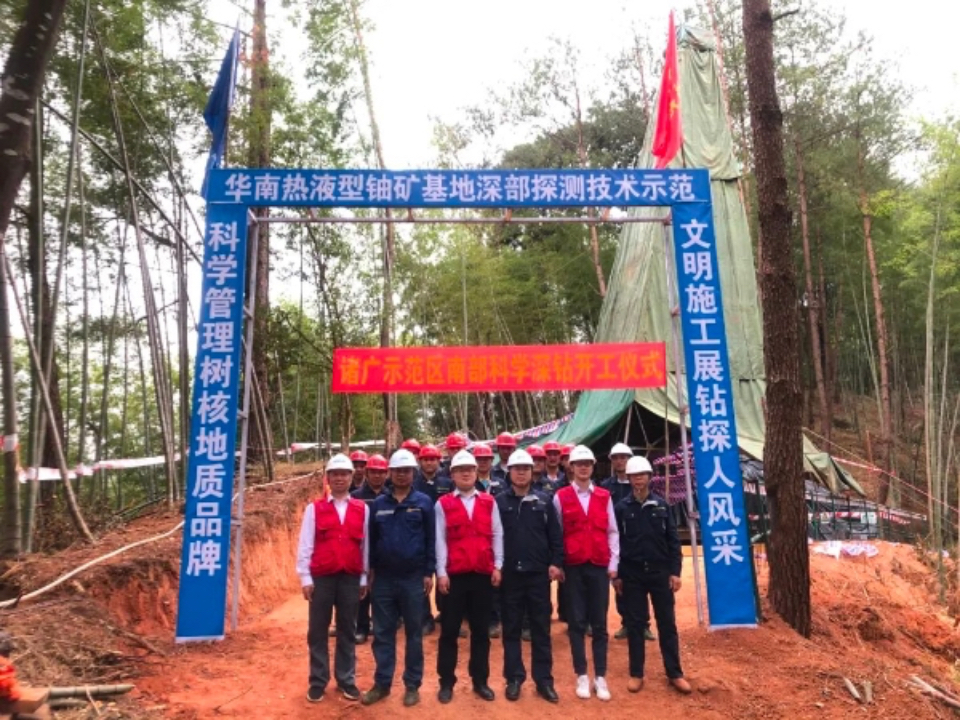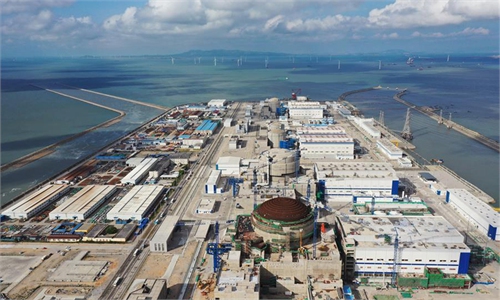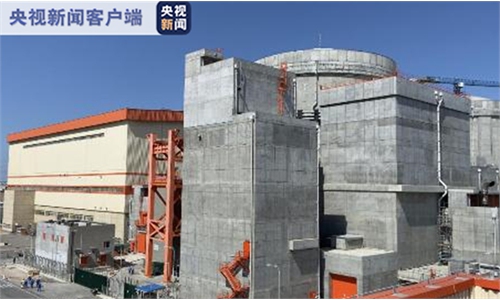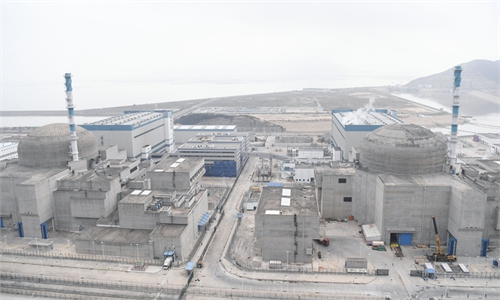
Photo: Screenshot from CNNC website
After four years, the project focused on deep exploration of a hydrothermal uranium base in South China has achieved a major breakthrough in theoretical innovation of deep-source metallogenesis of hydrothermal uranium ore as well as the technical method of deep blind ore localization, marking a new level of scientific research and mineral search for hydrothermal uranium in China.
Uranium, an extremely rare radioactive metal element, is an important raw material for the nuclear industry.
The project, led by China National Nuclear Corporation (CNNC), is a national key R&D program for deep earth resources exploration and exploitation.
Li Ziying, a nuclear geology official from the Geological Society of China said that the project had reached the international leading level, opening up a new space for the deep earth mineral search in China.
As early as 2020, the project has made major breakthrough in ore exploration, including the deepest industrial uranium ore in China, which was found at 1,550 meters depth, laying a solid foundation for opening up new space for mineralization search. The breakthrough of new uranium formation depth reached the international level, comparable with Russia, Canada, Australia and Germany.
The project creatively proposed that hydrothermal uranium ore comes from deep earth, with uranium ore formation at depth of 3,000 meters. This idea broke through the previous understanding that ore formation is mainly at shallow depths, which provided a theoretical basis for finding uranium ore at depth.
In addition, the project successfully developed the first gamma energy spectrometry logging system at a depth of 3,000 meters with high temperature and high pressure resistance, providing key technical equipment for deep uranium exploration.
China has stepped up nuclear power investment to drive decarbonization.
According to a report sent to the Global Times, S&P Global predicted that by 2035, China's nuclear operating capacity will reach 145 gigawatts, accounting for 10 percent of its total electricity generation capacity.
The country will also advance new technology development and demonstration projects for the fourth-generation reactors and small modular reactors, in a bid to achieve its climate-related targets, the company said.
Global Times



